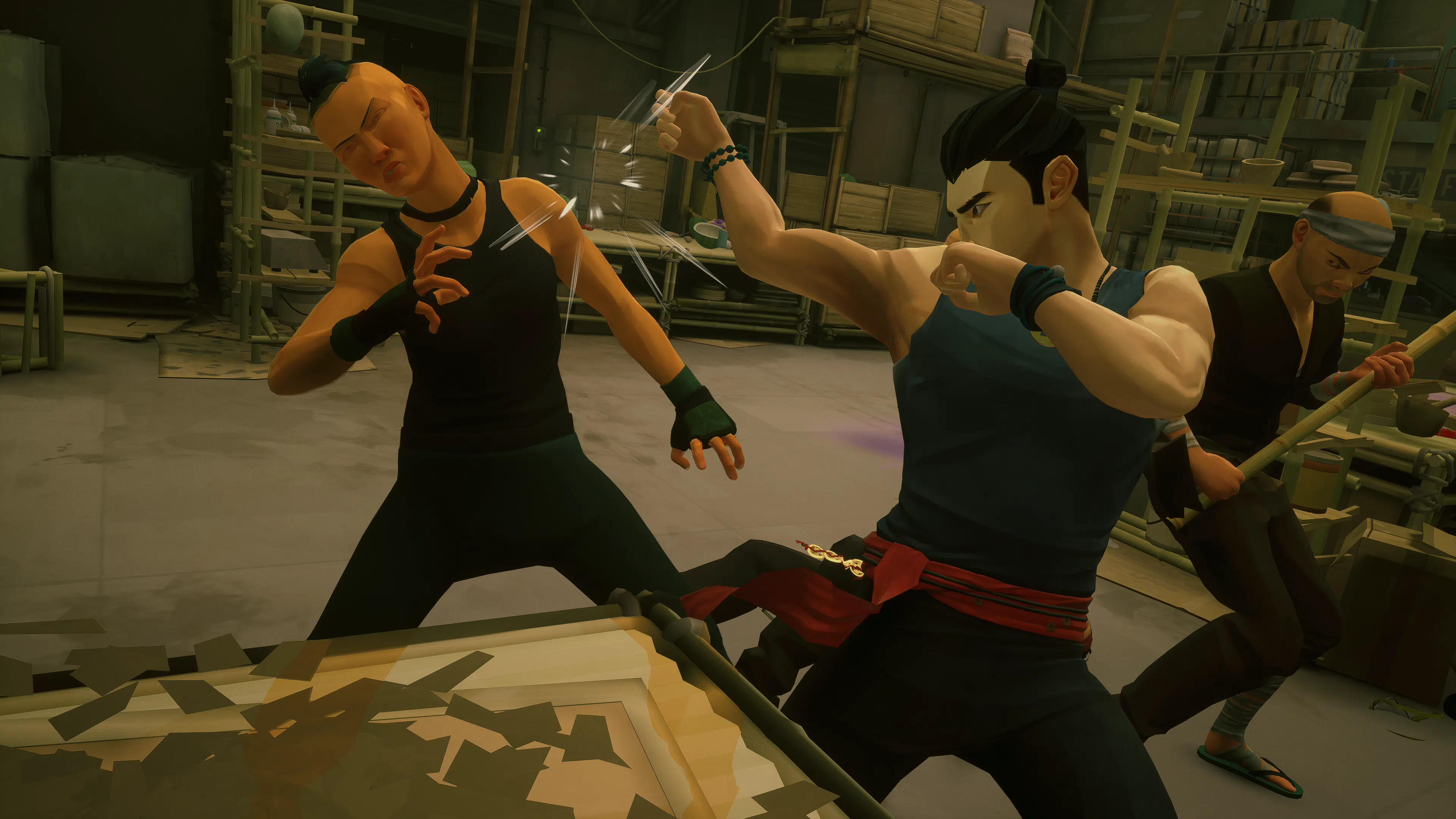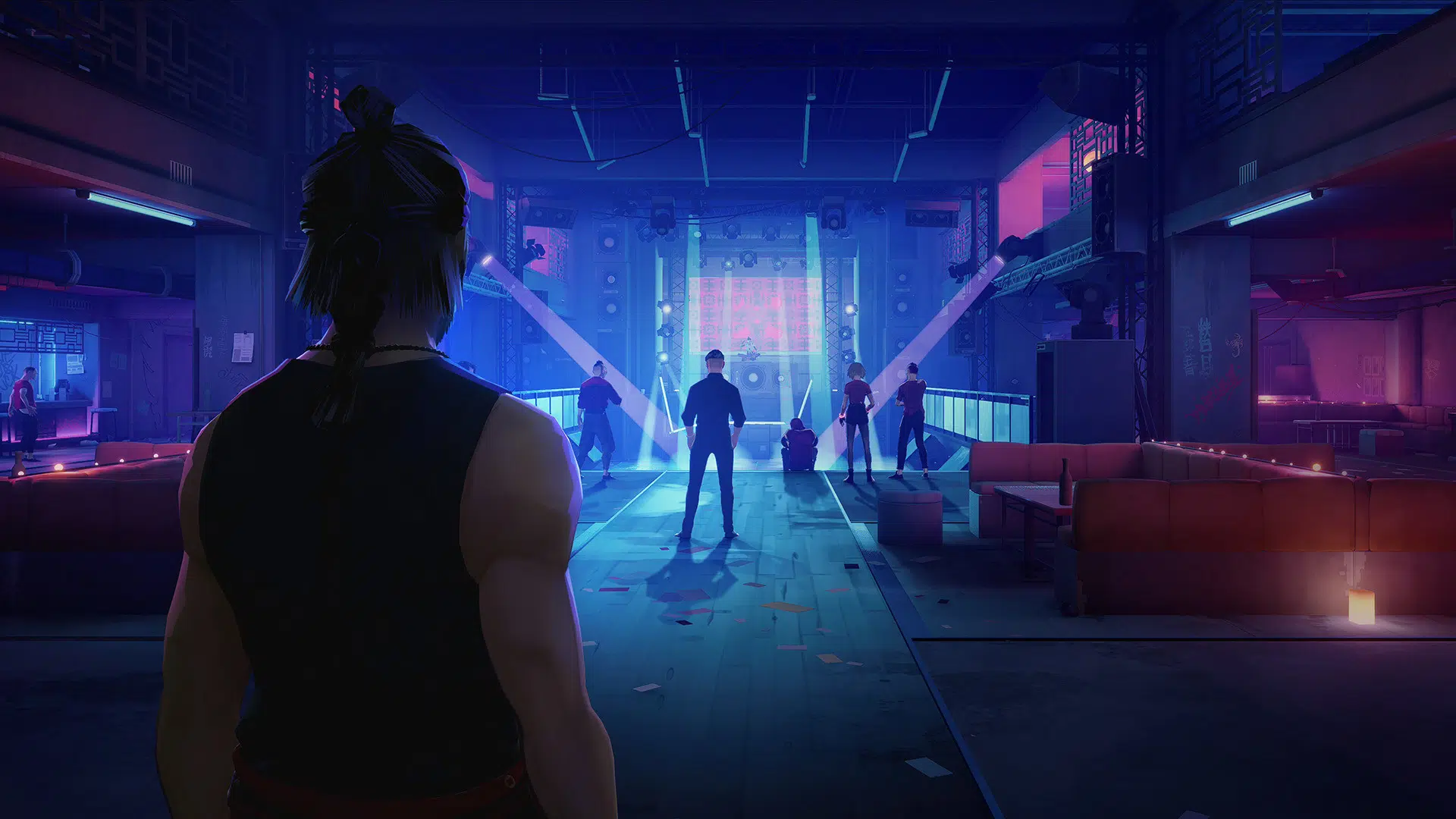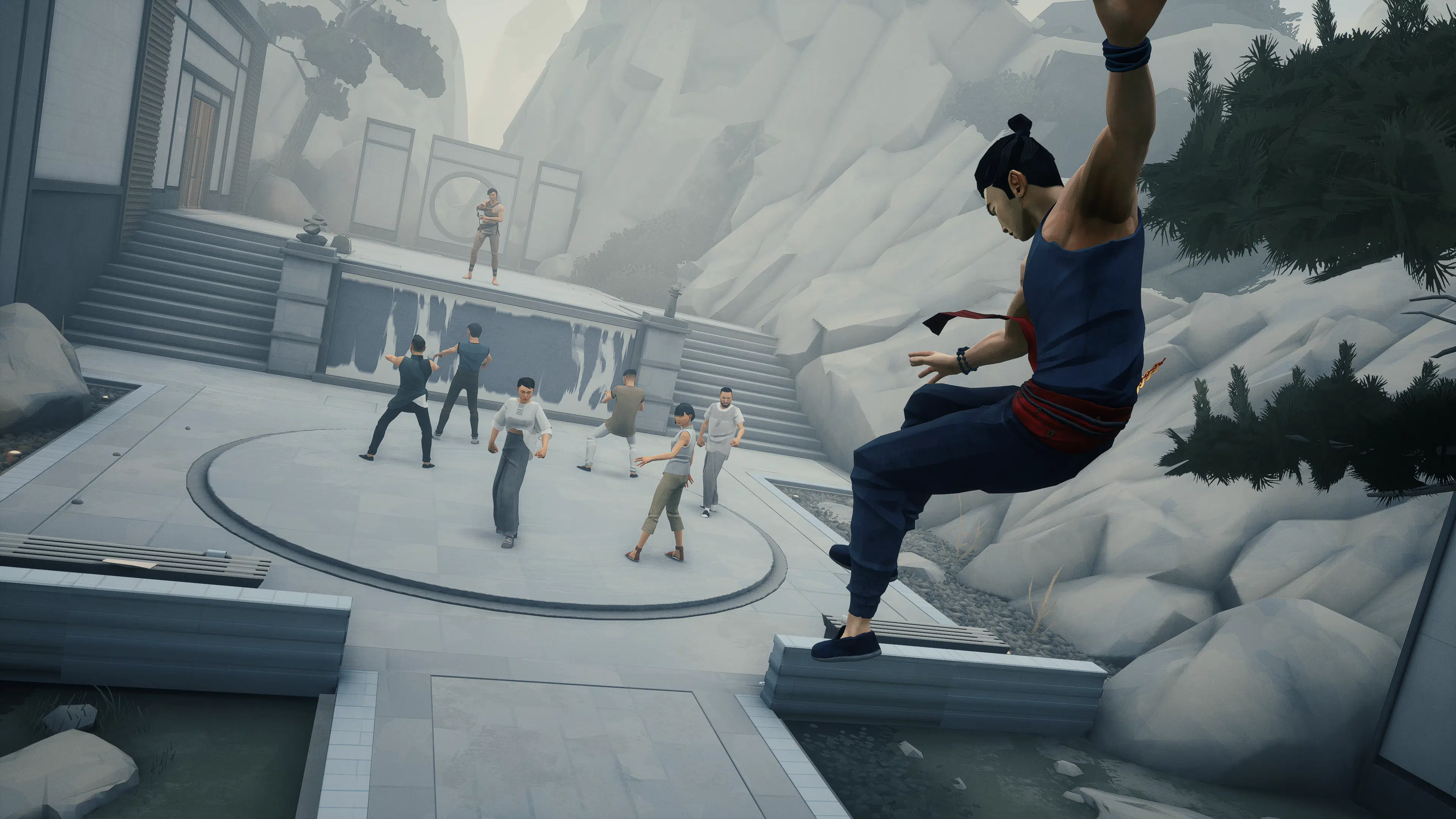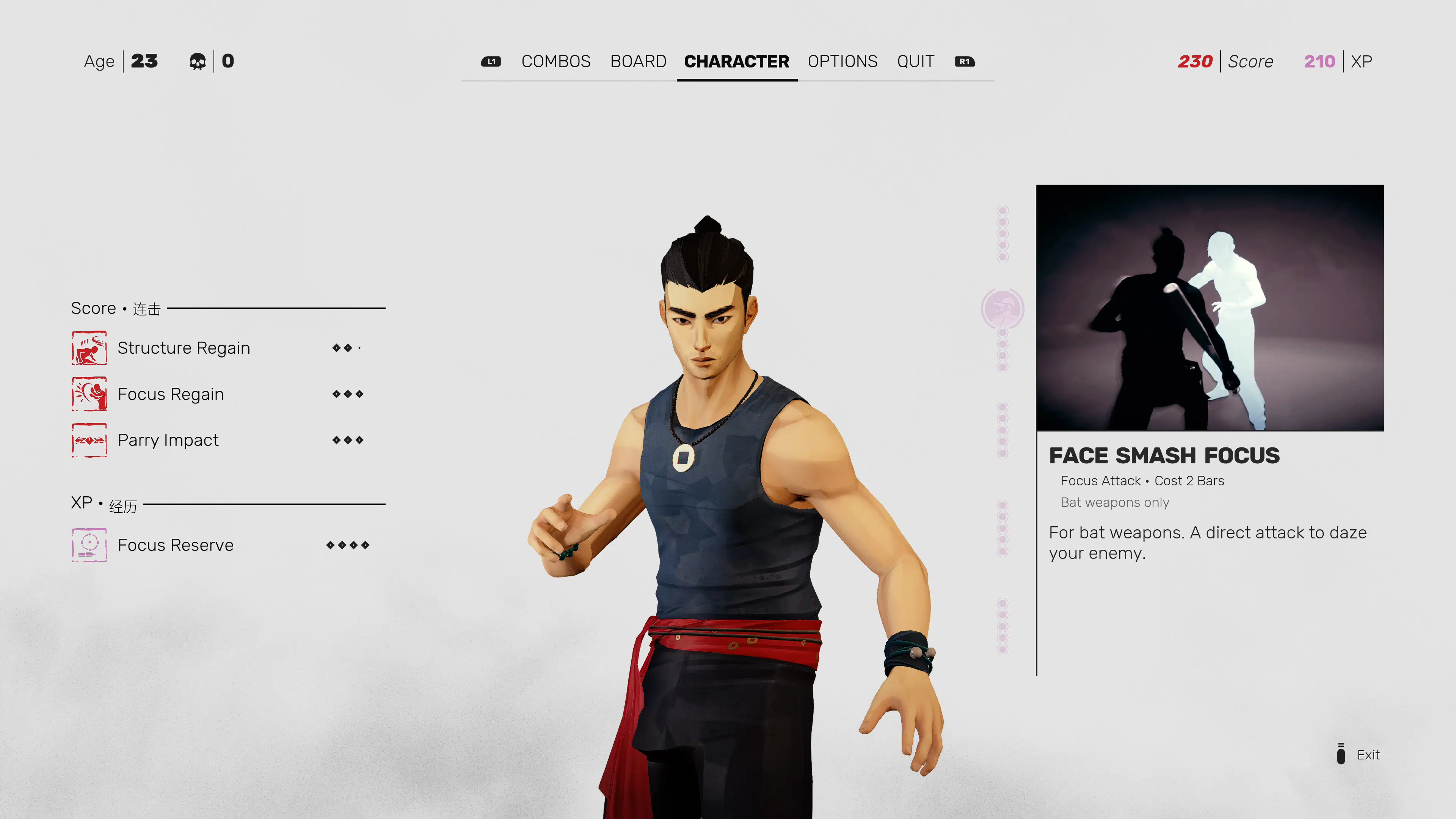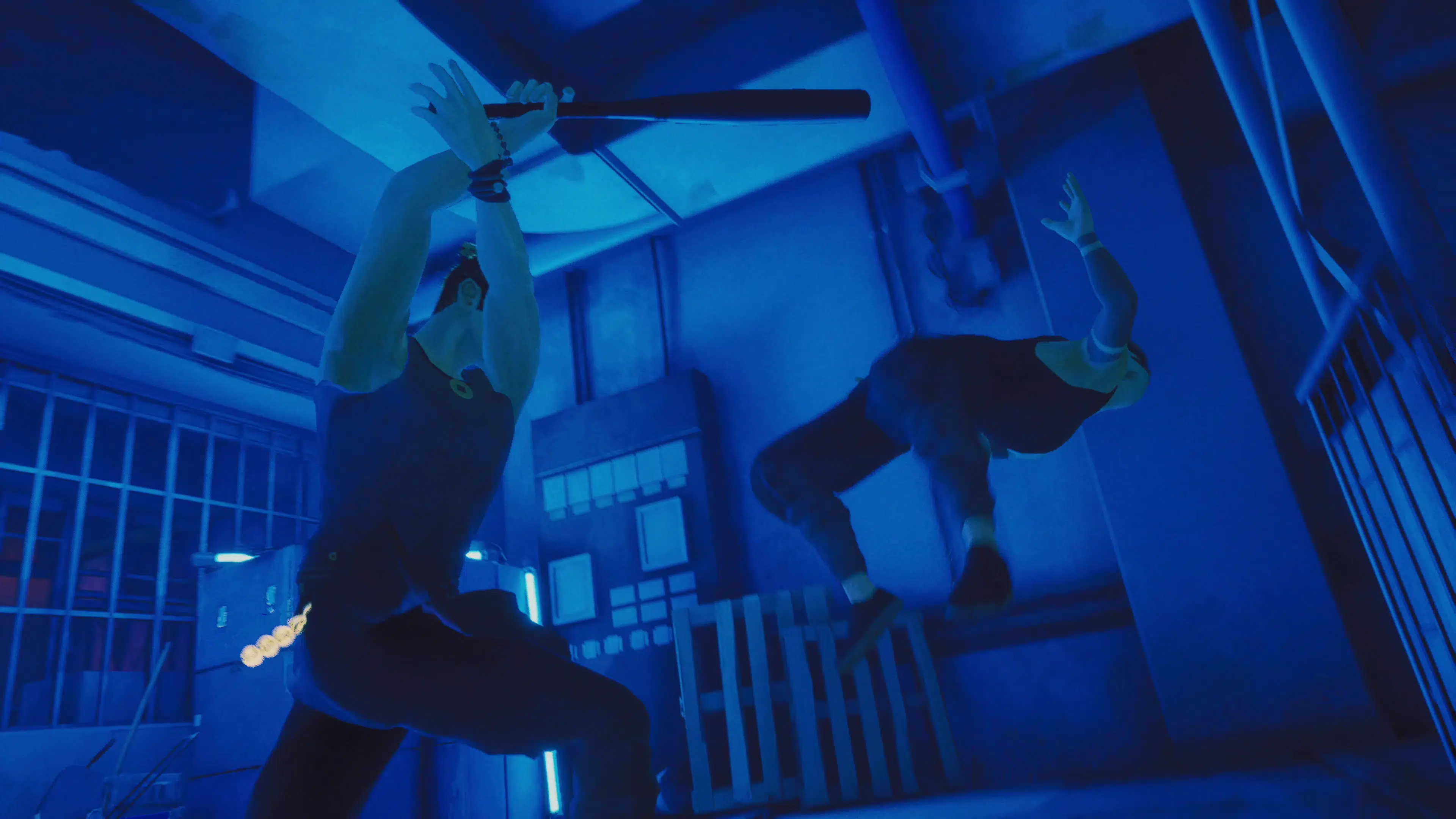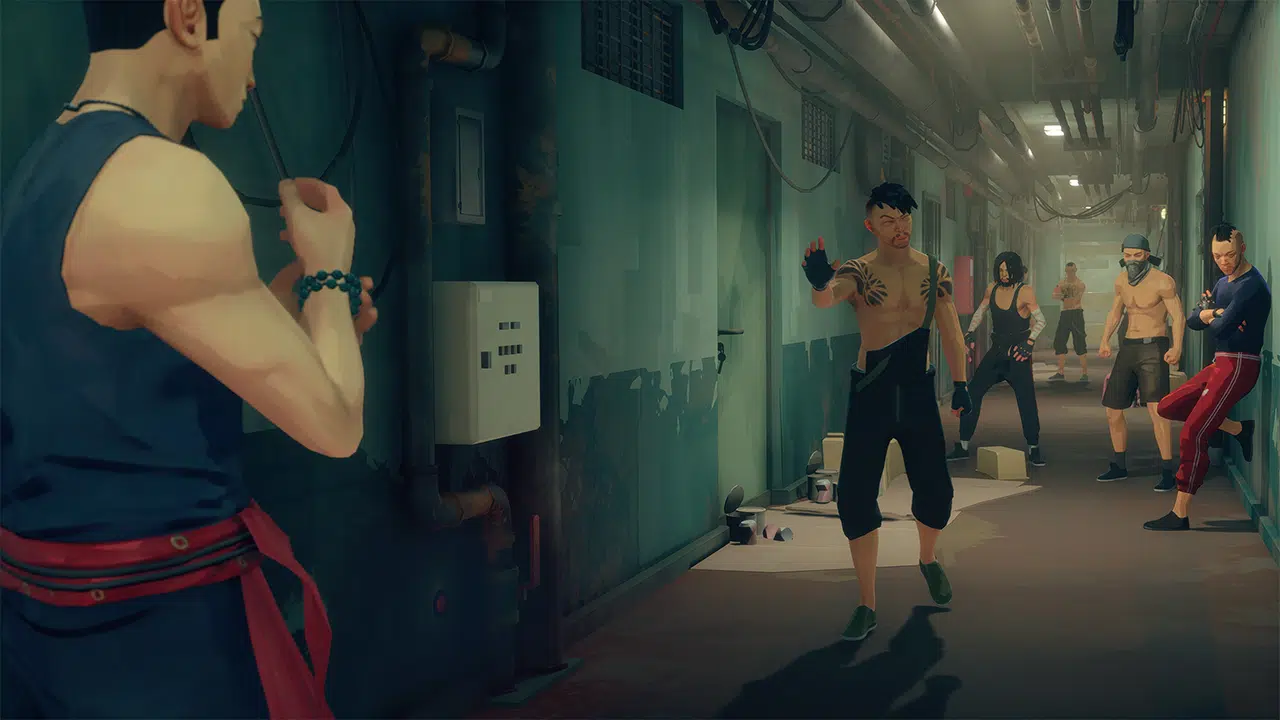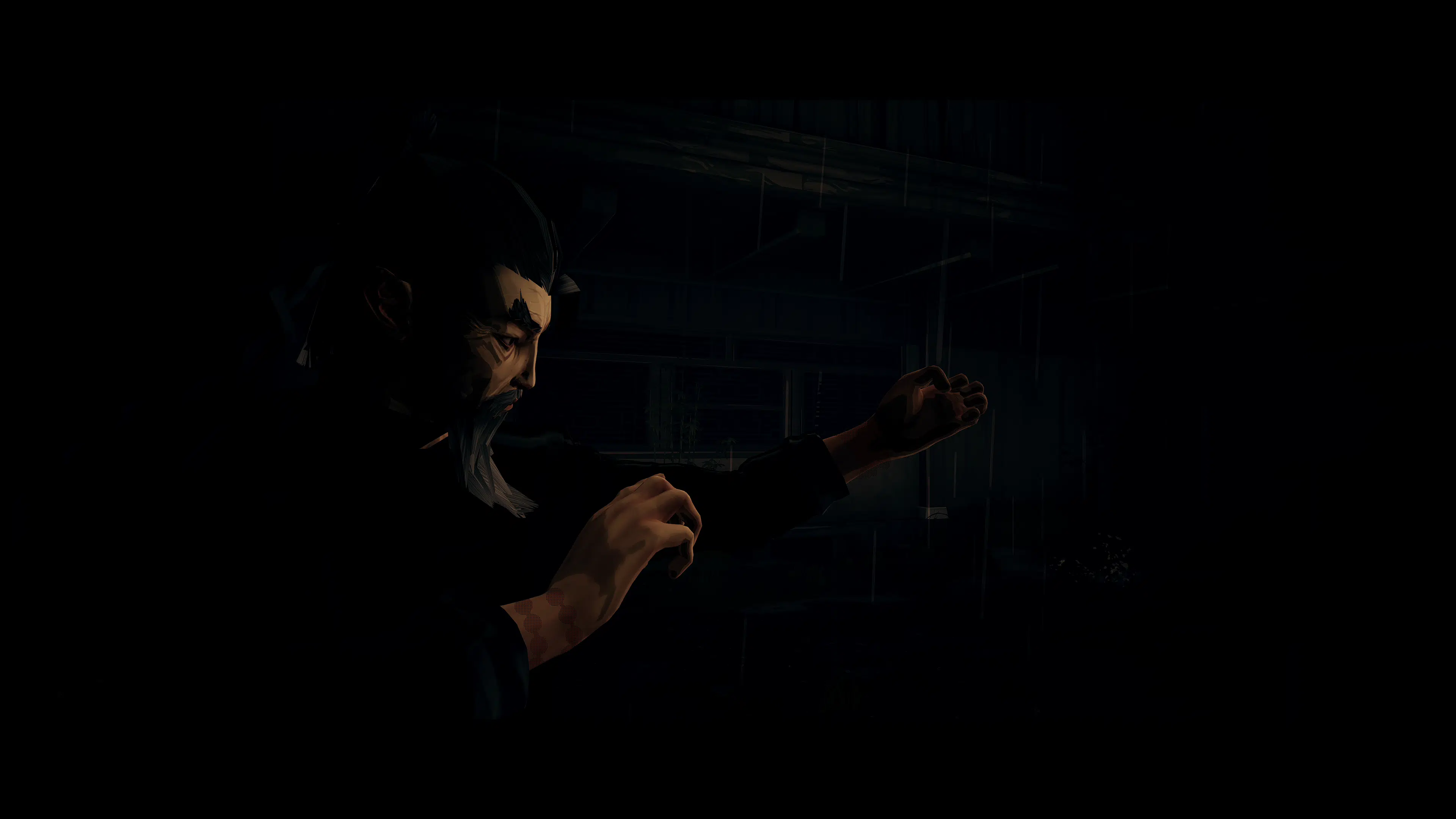Are you a fan of old Kung-Fu movies? The ones where a student goes for blood to seek revenge for their master/loved ones? If so, developer Sloclap decided to do just that with Sifu, a brawler with a heavy emphasis on Eastern (Chinese) themes of honor, respect, revenge, and the art of Kung-Fu. The question is: is this a path of enlightenment or do the developers become drunken masters? Read on to find out in the MP1st Sifu review.
I Am Vengeance
How far are you willing to go in order to avenge your family? That’s the question that Sifu asks players as they embark on a journey playing a young Kung Fu student, who seeks vengeance against five assassins that have brutally murdered their family. This is the premise of Sifu, a classic tale of revenge, though one with an added twist. While the protagonist travels this road alone, it is not without aid, as they hold a magical talisman that is capable of reviving them from death. However, it is with consequences, as for every death the character experiences, they must sacrifice their own youth, aging more and more with each death.
As far as the story goes, Sifu isn’t your traditional narrative-driven game as it features very little lines of dialogue. No, instead, Sloclap has managed to express the story of Sifu through the excellent use of the game’s watercolor inspired art direction. The phrase “A picture is worth a thousand words” comes to mind when playing through Sifu and its beautifully crafted world.
In total, there are five stages that the players will venture through, each boasting a large variety of environments. You may find yourself battling through a drug lord’s den, only to be whisked away to a forest of tranquility. There’s a personality in the way these stages go from one environment to another in an instant that tells a lot about the assassins themselves. While they showed no mercy to your family, in the eight years that has since passed they have come to regret their harsh nature. It’s not until you arrive that they’re reminded of their mistakes, with the environment shifting to show this.
Many of them would simply rather not fight you, though your own lust prevents you from accepting their reasoning. It reminds me a bit like Shadow of Colossus. You go off and fight these monsters, yet you can’t help but feel as if you’re doing something wrong, as if this isn’t the right answer. I had felt like I was questioning everything every time I would kill an assassin and see their terrified, voiceless face’s as they knew their fates were sealed.
I love it. It’s the kind of storytelling you want without the need of excessive exposition. You let the character’s emotions and expressions do the talking, and Sloclap has certainly captured that rare form of storytelling.
The music, of course, helps propel that, as it blends naturally into these scenes, though I do wish the mixing was louder than it is. I think in general, the music and sound effects felt too soft, so it had a drowned effect. The character’s voices also felt they had been phoned in. Obviously Sifu isn’t some big AAA game, but the voice-over performance definitely could have been better. At the same time, I’d argue it sounds intentionally, since these characters are all Chinese, it had that dub feeling you get from an English-dubbed foreign film. I would be curious to hear how the Chinese voice acting is, but sadly that won’t arrive until post-launch.
- Related Reading: Sifu Character Aging Mechanic – Here’s a Look From Age 20 to 75
Additionally, there is something called the detective board, which keeps track of clues you find throughout stages. Personally, I wasn’t a fan of this, as while it offered more story in the form of background lore, it didn’t provide much of a reason to really want to complete each location. I was semi-hoping that certain aspects learned would offer additional dialogue during fights, but sadly not. Not a huge complaint though as it does offer a bit of replay value.
A True Kung Fu Master
So the overall story presentation was a bit of a surprise, more so than I had originally assumed. Of course, the main draw of Sifu isn’t really in the story, but more so in its extensive, robust combat that the team has been marketing. I previously had a bit of some hands-on with it prior to this review, with me noting that Sloclap had crafted something special with the gameplay, perhaps offering one of the best gaming experiences for 2022. I’m glad to report that I still very much hold that same opinion I had two months back.
On a gameplay level, Sifu is addictive and fun, as much as it is challenging and frustrating. From the very beginning, the controls were easy enough to pick up with punches, kicks, dodging, and parrying being part of the gameplay loop. There is a sense of satisfaction in the way combat flows with ease in Sifu, being able to chain all the mentioned actions seamlessly. It’s like watching your favorite martial arts movie — only you’re the one kicking ass.
It’s comparable to a franchise such as Rocksteady’s Batman Arkham series, or Insomniac’s Spider-Man games. And I don’t mean that they play similarly, but more so how well the combat is executed to make you feel like you are those characters. Batman strikes fear, while Spider-Man soars high with heroism, and in Sifu, you are the master of Kung Fu.
It’s an art, being able to take on a group of enemies so flawlessly. It isn’t just about mashing buttons either, as planning and coordinating attacks properly is a must, otherwise you may find yourself overwhelmed. Sure, maybe it’s wise to focus on the brute since they do the most damage, but at the same time you end up leaving yourself open. You have to be able to handle multiple enemies at once during a single instance, otherwise you’ll find the game to be very unforgiving. Thankfully, there are a number of mechanics that’ll aid you on the journey.
Environments in particular are built to work with the combat itself, as sometimes punching your way through isn’t always the right answer. See that wall? Well, use it to push, stagger, and knock someone out. That railing you passed by, how about throwing someone over it? Or how about all the small little objects such as bricks, glass bottles, and even leg rests that you can flick to momentarily stun someone? It could even be as simple as using structures to vault over to gain or shorten distance between enemies. However you play, the environment is sure to play a pivotal role.
Then of course there’s the general progression, including unlockable skills and upgrades.
Sifu is by no means a full roguelite game, though it does share some mechanics from one. For starters, death plays a major role throughout the entire game. I’ve mentioned that for each death, the player will age more and more, but in doing so, they also lose pieces of their own health while gaining strength. It balances itself out as you’ll be able to do more damage, but also take less hits.
However, unlike a roguelite, you don’t end up starting all over again, but instead continue where you left off. This offers a rather unique opportunity, as it allows players to learn from their own mistakes. Maybe you didn’t dodge soon enough, or maybe you were too early on a block? Whatever the reason for your death, you’ll be given plenty (well, until age 75) of second chances to learn from it.
Enemies also don’t randomly spawn in new spots, or even respawn after each death. Every stage is set up the same way as you started them. While that may seem like it makes the experience “easier,” you should know that the enemies themselves are a bit random in their own behavior, as sometimes they’re easy to knock out, while other times it’ll feel like you’re facing a mini-boss.
And then there are the unlockable skills and upgrades, which come in two forms of leveling. The first is known as a “level score,” which is the score you currently have for the level you are playing. It resets every time you move to a new area, which makes sense since they are tied to shrines. Shrines allow players to fully replenish their health after use, but also have a number of unlockable upgrades that will stay unlocked until you have either given up, or start a new run completely. These upgrades range from improved health on takedowns, increased weapon damage — essentially buffs to aid the player.
On the other side you have skills which require experience, or XP. XP is earned by defeating enemies. The same way as you would increase level score, though minus the multiplier that you can build up. XP however sticks with you when moving from one stage to the other, allowing you to accumulate it and spend it on character skills, which are permanent unlocks. These skills are generally different combos, or focus attacks rather than the buffs you get from shrines. Unlocking them though is an essential, as you’ll find a good bulk of them fitting in combat naturally. Meaning it won’t take a whole lot of learning once you unlock them as they are usually an extra button press or two.
Progression from one stage to another is also a bit more casual-friendly. Unlike most roguelites where if you die, or reach “game over,” and you have to start all over again, in the case of Sifu you only have to restart the stage you are on. Once a stage is unlocked, it is forever unlocked and selectable from the main hub. The only downside to this is that the stages keep track of the character’s own progression and starts you off from there. So, if you happen to start the first stage and die multiple times to the point where you are, say age 50 at the end, then you will always start the second stage at age 50. Therefore, this challenges players by giving them a reason not to progress at such an old age, and to go back and change that.
Now, keep in mind, despite all the listed mechanics above that are there to aid the player, by no means is Sifu an easy game. Far from it in fact as my 30+hours spent with it proved to be a rather difficult, and at times, a hair-pulling experience. Having played The Club stage in the previous preview, I think Sloclap decided once they saw a good chunk of journalists beating it, to ramp up the difficulty. I can’t verify that, but the second stage had me stumped for a while, as did the third, fourth, and fifth.
It’s not an easy game at all, and that should be a fair warning to those expecting Sifu to be a cakewalk of some sort. Still, I have to say, it sure was a satisfying feeling overcoming those challenges, especially the assassins. That does go without saying that I do think there are some minor balancing, or gameplay tweaks that are needed. For example, the dodging and parry system works wonderfully when facing off against grunts, but against the assassins themselves? Well, it can be a bit of luck sometimes as often their attacks can be randomized, making the direction dodging hard to predict. And even when you do have it 100% down, it seems that they will somehow ignore blocks or dodge entirely and still hit you.
Focus attacks also deserve better tuning. These are special attacks that use up focus energy, which is gained every time you dodge or parry. When you press down the button to execute one of these attacks, the game will slow down, and turn a tint of blue as pressure points are highlighted on an enemy. The problem is, more oftentimes than not, these attacks aren’t selectable despite an enemy being within a reasonable range. Sometimes they need to be so close that they’re in mid attack that by the time you are allowed to select a focus attack, you are already being interrupted from an attack.
These are of course minor things that can be tuned out post-launch, and thankfully, Sloclap has already taken feedback from early impressions to do just that on some of the early bosses.
Performance and Next-Gen Features
Look, if you already own a PS5 then there is no reason not to play Sifu on it. With that said, in terms of performance and visuals, both PS4 and PS5 offer full 60fps support that is solid across the board. Resolution may be a bit higher on the PS5, but the Sifu’s art direction makes that hard to notice.
As for “enhancements,” PS5 owners can expect faster load times — instant in most cases. There is some haptic feedback, though it’s not exactly the showcase I was hoping for. You’ll feel the controller rumble to the beat of some music that plays, as well as sound cues from the environment itself, such as rain. Sadly, there is no support for adaptive triggers. That isn’t all that bad considering this is a fast paced brawler, so having any kind of resistance could be a hindrance rather than a tactical advantage. Still, I think some form of adaptive trigger tied to the focus attack would have been nice to have since it slows down gameplay anyway.
Regardless of what platform you play on, your experience surely will be an optimized one, which is what counts the most.
Verdict
Every year there is always that one indie game that feels as a standout amongst the rest. I’m not saying that Sifu is a perfect game or anything, but despite my minor complaints, I genuinely love this game for all it is. Sloclap set out to make a game that captures the very essence of Kung Fu. A foundation they started with Absolver that has flourished into a well defined experienced, held by its addictively fun combat, and stylish visuals. Did they deliver? A resounding yes, as Sifu is an absolute must-play.
With that said, it’ll be interesting to see if Sloclap has any grand plans for Sifu as a franchise, or at least some post-launch support. Whereas Absolver, their previous title, had online backing to keep the fun going, Sifu is a single-player only game that doesn’t offer any procedural generated content that it inspires from. Nothing wrong with a single-player focused game, but having cranked over 30-hours into it and achieving the full Platinum trophy, I’m eager to see what exciting content or game the studio has next, and hopefully this isn’t the last we’ll see of Sifu.
Score: 9/10
Pros:
- Story – not many games can pull a story with so little dialogue and express it through a series of colors, and character’s facial expression, yet Sifu does just that.
- Combat feels natural, and superbly satisfying.
- The art direction was a fantastic decision as Sifu looks gorgeous with its variety of environments, and use of lighting.
- Aging mechanics are a fun way to keep the stakes up and challenge players.
Cons:
- While there are “collectibles” they aren’t much to rave about outside of lore learning. There’s no real incentive outside of shortcut keys.
- Dodging and perfect parries rely too much on accuracy that it ends up causing more frustration than it’s worth. This might be too high of a learning curve for a majority of players, though the general difficulty is great.
- Although the soundtrack is fantastic, the sound mixing is too soft that it sounds drown out. English VO may suffer form that effect, though that felt more phoned in.
Sifu review code was provided by the publisher. Main version tested was PS5. You can read SP1st and MP1st’s review and scoring policy right here.
